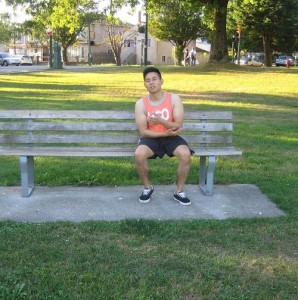A broken elbow involves damage in any of the bones forming the elbow. There are 3 bones that might be broken – humerus, ulna and radius.
There are various ways in which an individual can end up with a broken elbow. In most instances, it occurs from a fall directly onto the joint or from hard impact. Oftentimes, it occurs from falls onto an extended hand or due to a great muscular power. Take note that the triceps that pulls in the olecranon process in the rear of the elbow is a good example.
Due to several major nerves and arteries lying close to the elbow bones, complications due to damage to these structures is likely. An individual with a broken elbow should be carefully assessed to determine for any associated injuries.

Commonly involved bones in a broken elbow
Coronoid process
The coronoid process is a protuberance of bone on the ulna at the front end of the cup where the end of the humerus rests. This region is usually involved in a broken elbow injury from a fall and often linked with dislocation.
The indications include pain, swelling and tenderness over the front of the elbow joint. If the broken elbow is not displaced, immobilization using a cast is required for 3-4 weeks. In case there are displaced bone fragments, surgery is required.
Intercondylar fractures
This type of broken elbow involves a break in the humerus amidst the medial as well as the adjacent condyles at the inferior point of the bone. These fractures are T or Y shaped with varying degrees of displacement of the fractured bone segment. In most cases, it is usually due to a direct strike to a bent elbow.
Capitellum fracture
It is important to note that the capitellum is the round-shaped inferior end of the humerus that articulates with the radius of the forearm. A broken elbow involving this region is often due to a fall onto an extended hand. The injury typically causes pain and swelling at the anterior part of the elbow.
More Information / Disclaimer
The information posted on this page on a broken elbow is for learning purposes only. Learn to recognize and manage elbow injuries by taking a standard first aid course with Toronto First Aid.
